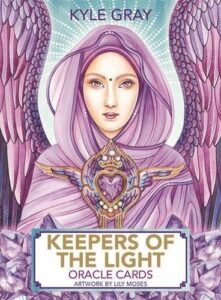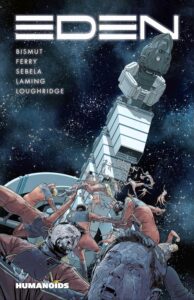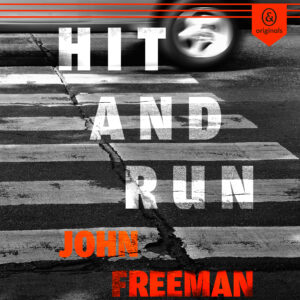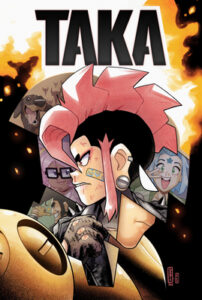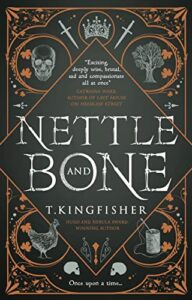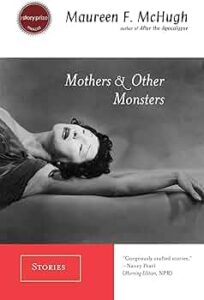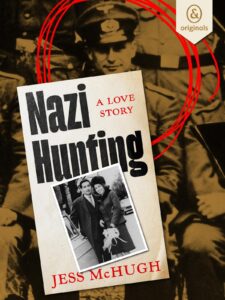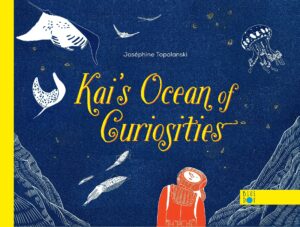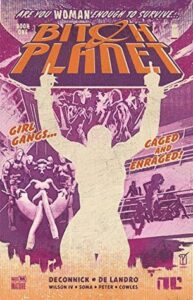subtitled A Book About Celebrating Earth.
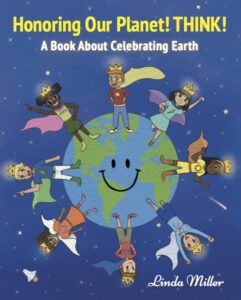 Happy Earth Day, readers! What better time to think about ways to help the planet than today? Linda Miller’s children’s book Honoring Our Planet! Think! is an exhortation to readers that couldn’t come at a more suitable time.
Happy Earth Day, readers! What better time to think about ways to help the planet than today? Linda Miller’s children’s book Honoring Our Planet! Think! is an exhortation to readers that couldn’t come at a more suitable time.
The book is presented in a fairly straightforward format, opening with a poem, of sorts, before turning into a call and response asking readers to think about the various difficulties confronting the planet and environment today. Interestingly, the text itself offers few solutions to the problems/scenarios it brings up, tho there is one helpful resource recommended at the end. The fabulous illustrations by Newman Springs Publishing carry a surprising amount of the load in conveying information in a way that is both cute and colorful. I’m also a little obsessed with their excellent use of textures in the illustrations.
It did feel a little weird to me that one of the last pages of the actual text told readers that caring for the planet is also an act of care for our children and grandchildren. That’s a terrific reminder for adults, but feels odd in a book ostensibly aimed at kids, who are far more likely to be motivated by their own immediate futures than by the plights of their hypothetical descendants. And while, yes, parents and children would absolutely benefit from reading this together, I wish that this book felt more in line with the tone of most of the excellent contemporary works, environmentally-themed or otherwise, aimed at young readers. The problem with exhortative prose that offers few concrete steps is that it can sound less inspirational than scolding, and that’s hardly a fun read for any age.

